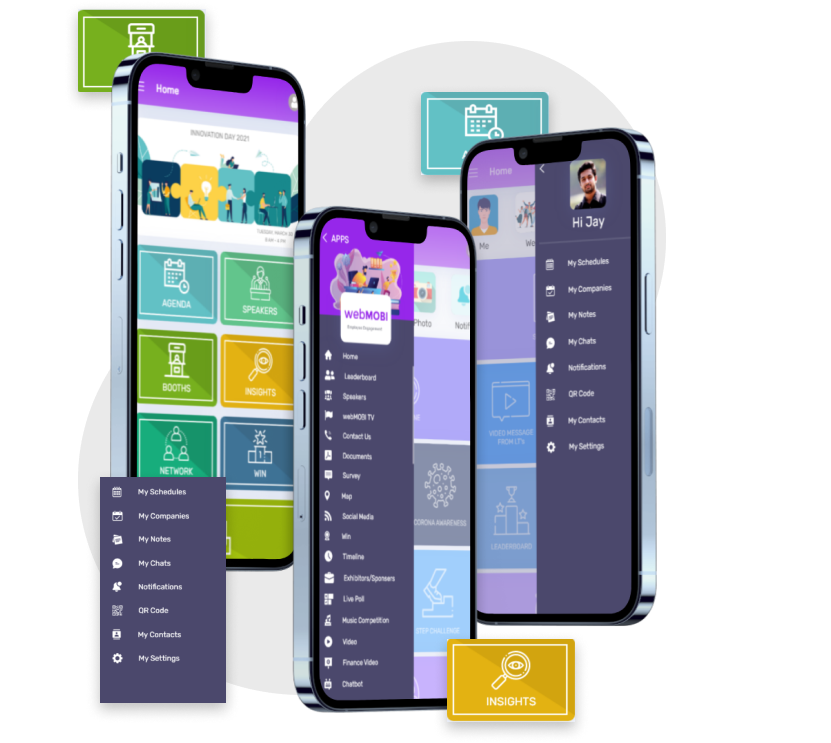Creating an engaging and successful hybrid event schedule is a multifaceted process that requires careful planning, attention to detail, and a deep understanding of your event’s objectives and audience. In this comprehensive guide, we will delve into the intricacies of designing a compelling hybrid event schedule that not only keeps your attendees hooked but also delivers a memorable and enriching experience. By following these steps and incorporating these strategies, you can ensure that your event is a resounding success.
Step 1: Define Your Event Objectives (Why Are You Hosting the Event?)
The foundation of any successful event, be it in-person, hybrid, or virtual, lies in a clear understanding of its objectives. The first step in crafting an engaging hybrid event schedule is to define your event’s purpose. Ask yourself: Why are you hosting this event? What do you aim to achieve? Are you looking to educate, entertain, inspire, foster networking, or promote a product or service? Your objectives set the tone for the entire event and guide your decision-making process when creating the schedule.
Understanding your objectives helps you tailor your schedule to meet the needs and expectations of your attendees. For example, if your goal is to educate, you may focus on informative sessions, workshops, and expert panels. If you aim to entertain, you might incorporate engaging and fun activities, entertainment segments, or keynote speakers with a captivating presence. By defining your objectives from the outset, you lay the groundwork for a schedule that aligns with your event’s overarching goals.
Step 2: Identify Key Sessions and Activities (What Will Drive Engagement?)
Once you’ve established your event’s objectives, the next step is to identify the key sessions and activities that will be the driving forces behind attendee engagement. These could encompass a wide range of components, such as:
- Keynote Speeches: Inspiring and influential speakers who set the tone for the event and address critical themes or trends.
- Panel Discussions: Thought-provoking discussions involving experts or industry leaders on specific topics.
- Workshops: Interactive and hands-on sessions that provide practical insights and skills.
- Networking Opportunities: Facilitated sessions that allow attendees to connect and build meaningful relationships.
- Interactive Activities: Fun and engaging activities that break the ice and encourage participation.
To make informed decisions about these elements, consider the interests, preferences, and needs of your target audience. What topics are they most passionate about? What type of content will provide the most value to them? By selecting sessions and activities that align with your attendees’ interests, you can keep them actively engaged and invested in your event.
Step 3: Create a Balanced Schedule (Keeping Attendees Engaged Throughout)
A key challenge in designing an engaging hybrid event schedule is to maintain attendee engagement throughout the event. To achieve this, it’s crucial to create a balanced schedule that offers a mix of sessions and activities while avoiding common pitfalls.
Avoid scheduling back-to-back sessions without breaks, as this can lead to attendee fatigue and information overload. Instead, intersperse sessions with well-timed networking breaks, interactive activities, and time for attendees to explore virtual booths or exhibits. By incorporating these elements strategically, you provide attendees with opportunities to absorb the content, interact with fellow participants, and avoid burnout.
In addition, consider the duration of your event. If your event spans multiple days, ensure that each day has a coherent and engaging structure. The first day may feature keynotes and high-impact sessions to set the stage, while the following days may dive deeper into specific topics, fostering more in-depth interactions and discussions.
Technology plays a pivotal role in maintaining a balanced schedule and maximizing attendee engagement. Leveraging event management software, such as webMOBI, can streamline the scheduling process and provide attendees with easy access to the schedule. The software can incorporate features like live polls, surveys, and gamification to encourage attendee participation and interaction.
Furthermore, the use of push notifications and WhatsApp alerts keeps attendees informed about schedule changes, important updates, and real-time interactions. These tools enhance attendee communication and participation, ensuring that your event remains engaging and informative throughout its duration.
Conclusion
In conclusion, creating an engaging hybrid event schedule is a strategic process that involves clear objective setting, selecting key sessions and activities tailored to your audience, and structuring a balanced schedule to maximize attendee engagement. Moreover, technology and interactive features significantly enhance the overall event experience. By following these steps and incorporating the strategies discussed, you can ensure that your hybrid event not only meets its objectives but also leaves a lasting impression on your attendees.
If you’re seeking a comprehensive hybrid event management tool to facilitate all these aspects, consider webMOBI. We offer an interactive and flexible solution that can boost audience interaction, capture valuable feedback, and ensure effective communication with attendees. Whether you’re planning an in-person, hybrid, or virtual event, webMOBI provides the tools you need to elevate your event management to the next level. Visit https://webmobi.com/ to learn more and discover how webMOBI can enhance your hybrid events.




Leave a Reply